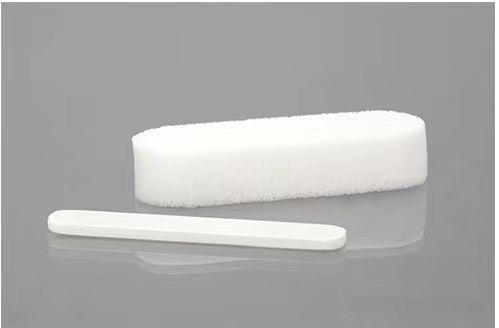 Surgical Sponge Dressing
Surgical Sponge Dressing
Oct .14.2024
The main material of surgical sponge dressing is medical PVA sponge. PVA medical grade macroporous sponge has excellent liquid absorption function, high comfort level, high strength, and soft appearance when touched with human body, which is widely used i
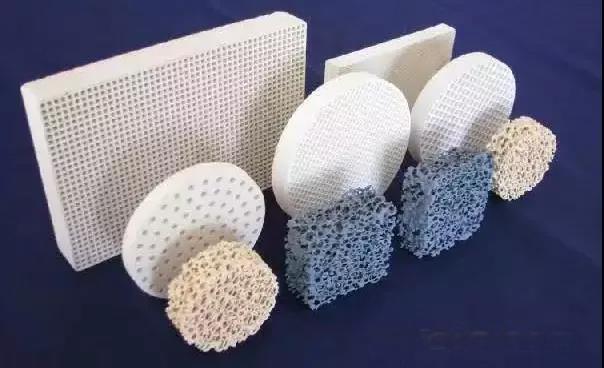 How to choose PPI and Thickness of Ceramic Filter Foam
How to choose PPI and Thickness of Ceramic Filter Foam
Oct .11.2024
Ceramic filter Foam is a filter used to improve the quality of metal parts in the casting industry and reduce the scrap rate. It is made of silicon carbide, zirconia, alumina and other materials, with excellent strength and resistance to high temperature
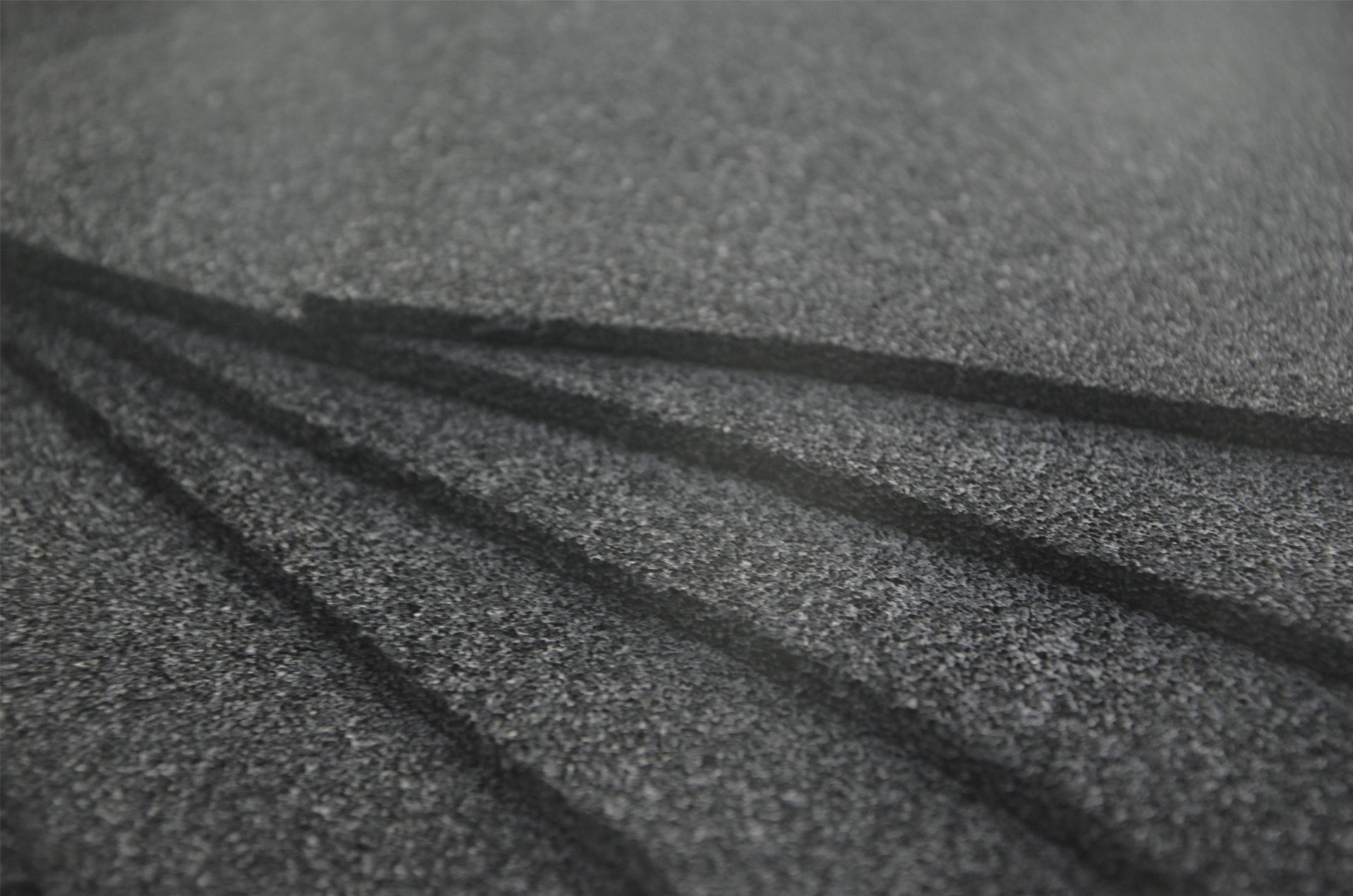 The Application of EPDM Foam
The Application of EPDM Foam
Oct .10.2024
EPDM Foam is a multifunctional synthetic rubber material with excellent physical and chemical properties, which is widely used in many different application fields and is one of the indispensable materials in modern industry.
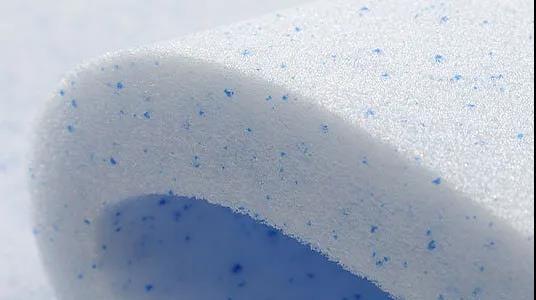 Gel Memory Foam for Mattress
Gel Memory Foam for Mattress
Oct .09.2024
Gel memory foam are actually memory foam infused with gel microbeads. Adding gel microbeads to the memory foam helps create a more breathable foam, which helps regulate body temperature during sleep.
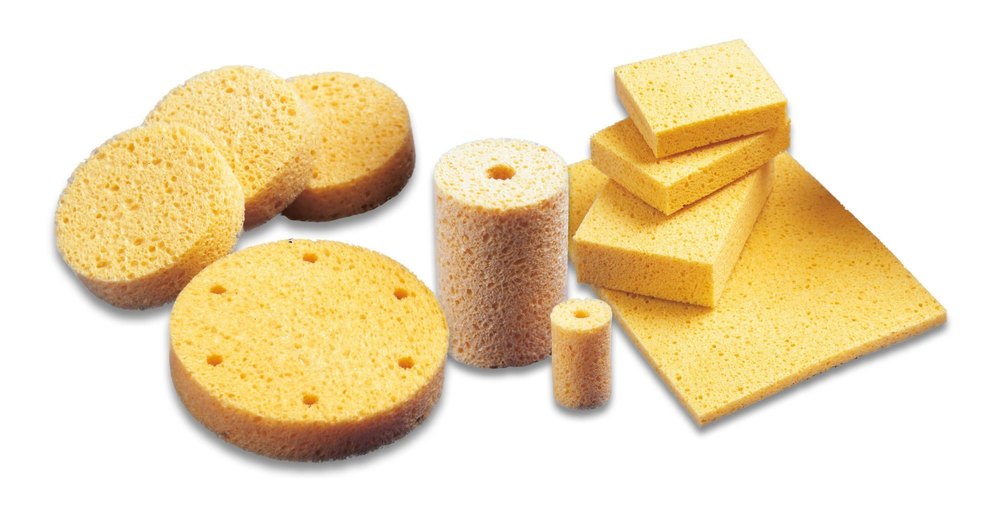
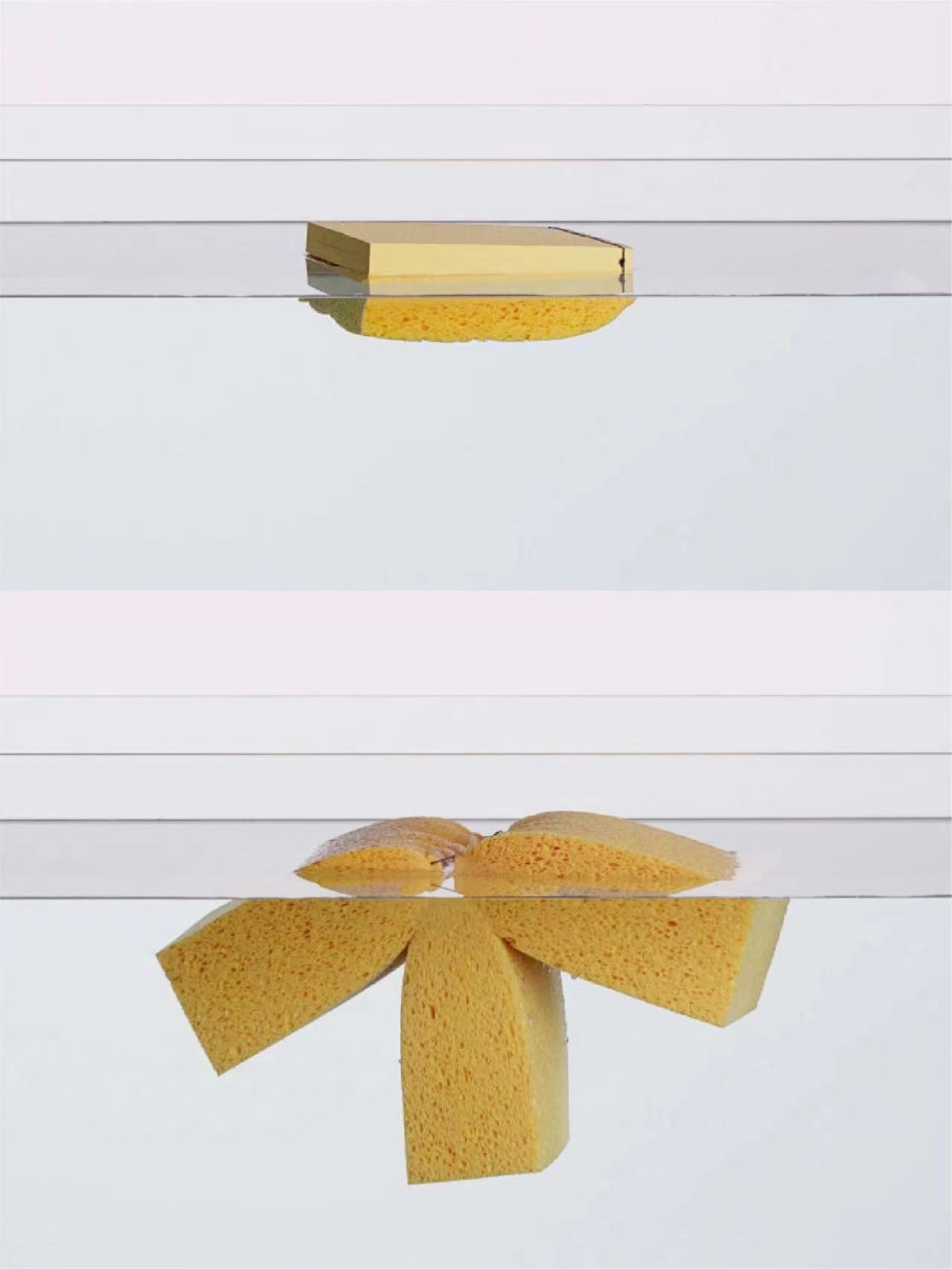
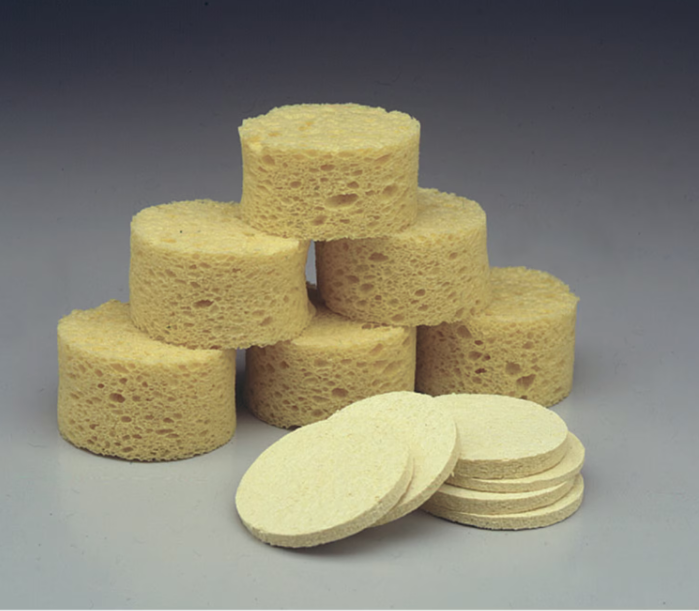
 Surgical Sponge Dressing
Surgical Sponge Dressing
 How to choose PPI and Thickness of Ceramic Filter Foam
How to choose PPI and Thickness of Ceramic Filter Foam
 The Application of EPDM Foam
The Application of EPDM Foam
 Gel Memory Foam for Mattress
Gel Memory Foam for Mattress